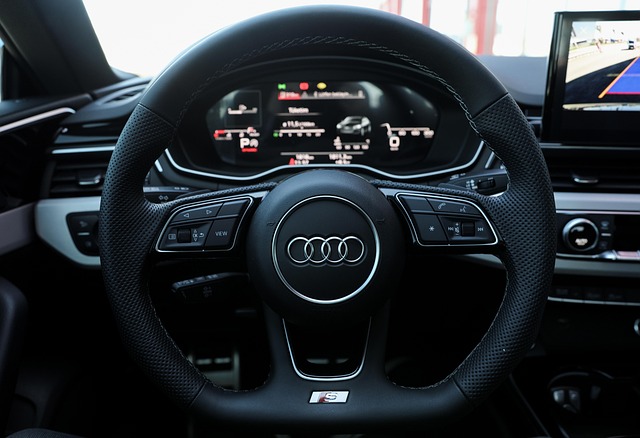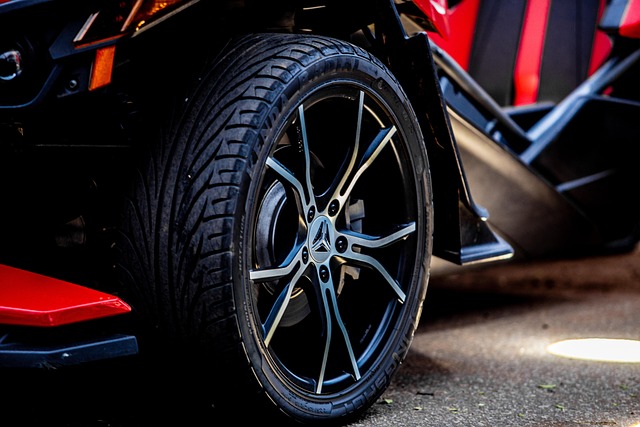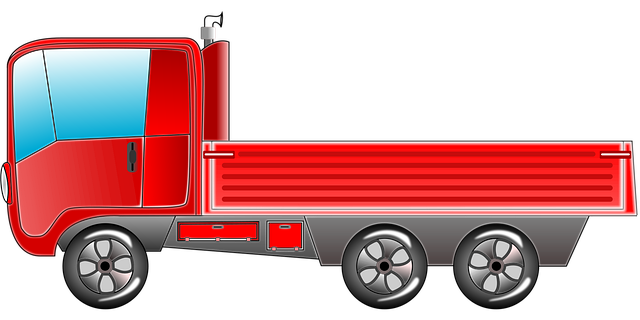Looking to register your car in California? This comprehensive guide breaks down the process step-by-step, ensuring you’re prepared from start to finish. First, understand the eligibility requirements for vehicle registration in the Golden State. Next, gather all necessary documents, including proof of ownership and insurance. Then, learn how to perform a crucial DMV VIN verification process. Finally, complete the registration either online or in-person, and receive your new plates and registration papers.
- Understand Eligibility for Vehicle Registration in California
- Gather Necessary Documents for Car Registration
- Perform DMV VIN Verification Step-by-Step
- Complete Online or In-Person Registration Process
- Obtain Plate and Registration Papers After Approval
Understand Eligibility for Vehicle Registration in California

To register a car in California, you must first ensure your vehicle meets the state’s eligibility criteria. One crucial step is to verify the Vehicle Identification Number (VIN) through the Department of Motor Vehicles (DMV). This process involves checking that the VIN matches the make, model, and year of your vehicle, which helps prevent fraud and ensures compliance with California’s registration requirements.
Additionally, it’s important to know that a mobile VIN inspection or verification service can be utilized for convenience. These services, provided by mobile vin verifier companies, allow you to complete the VIN verification process from the comfort of your home or office, saving time and effort compared to traditional DMV visits.
Gather Necessary Documents for Car Registration

Before you begin the registration process, make sure to gather all the essential documents required by the California Department of Motor Vehicles (DMV). This includes your vehicle’s registration certificate from the previous state, a valid driver’s license or ID card, proof of insurance, and the most crucial document—the Vehicle Identification Number (VIN) verification. The DMV uses this unique 17-character code to identify your car and ensure it meets safety standards.
A mobile vin verifier or inspector can be particularly useful here, as they can quickly and conveniently perform this verification, saving you time and effort. This step is essential, as the VIN check ensures that your vehicle isn’t stolen, has no outstanding recalls, and meets California’s environmental and safety regulations.
Perform DMV VIN Verification Step-by-Step

Performing a DMV VIN (Vehicle Identification Number) verification is a crucial step when registering your car in California. Here’s a simple guide on how to do it:
1. Gather Necessary Documents: Before heading to the DMV, make sure you have all required documents, including your vehicle’s registration certificate, proof of insurance, and valid driver’s license. Also, note down your VIN, which can typically be found on the vehicle’s title or under the hood.
2. Visit a DMV Office or Use a Mobile Vin Verifier: You can complete this process at any California DMV office. Alternatively, many services now offer convenient mobile vin verification options. Using a service like this, a technician will come to your location and perform an on-site inspection of your vehicle, checking the VIN against state records for any discrepancies or reported issues. This ensures that your car matches the information listed in the DMV database, which is critical for a successful registration.
Complete Online or In-Person Registration Process

In California, registering your car involves a process that can be completed either online or in-person at a Department of Motor Vehicles (DMV) office. The initial step for both methods is to gather essential documents and information, including proof of insurance, vehicle ownership history, and identification. Once prepared, you can begin the registration process. Online registration offers convenience with the ability to upload documents digitally, while in-person registration requires an appointment and physical submission of paperwork.
For added efficiency, many California residents opt for a mobile vin verification service before initiating the registration process. This involves using a third-party tool or app to perform a quick and secure vehicle identification number (VIN) inspection, ensuring that your car’s details are accurate and up-to-date. Whether you choose an online route or visit a DMV, completing the registration accurately and promptly will ensure your vehicle is legally operational on California roads.
Obtain Plate and Registration Papers After Approval

After your car has passed all necessary inspections and DMV requirements, it’s time to obtain your plate and registration papers. This crucial step completes the registration process for your vehicle in California. The first order of business is to request a license plate from the California Department of Motor Vehicles (DMV). You’ll typically receive this through the mail within a few weeks.
Along with your new plates, you’ll also get your registration documents. These papers confirm that your car has met all legal standards and are essential for future reference. For added convenience, many Californians opt for mobile VIN inspection or mobile VIN verification services, which streamline the process by allowing a professional to conduct the necessary checks on-site, ensuring a swift and hassle-free experience.
Registering a car in California is a straightforward process that involves understanding eligibility requirements, gathering essential documents, and completing either an online or in-person registration. A key step is the DMV VIN verification, ensuring your vehicle’s authenticity. Once approved, you’ll receive your plate and registration papers, legally permitting you to drive your new (or existing) car throughout the state.
